Optimal Timing for Vinyl Siding Repairs
Timing plays a crucial role in the effectiveness and longevity of vinyl siding repairs. Optimal conditions ensure proper adhesion, prevent further damage, and facilitate efficient completion of repairs. Understanding seasonal weather patterns and temperature ranges can help determine the most suitable time for maintenance.
Spring offers moderate temperatures and lower humidity, making it ideal for vinyl siding repairs. Warmer weather helps adhesives set properly and reduces the risk of moisture-related issues.
Early summer can be suitable if temperatures are not excessively high. Extreme heat can cause siding materials to expand and complicate repair work.
Fall provides cool, stable weather with less humidity, which is beneficial for siding repairs before winter.
Cold temperatures and snow make winter an unsuitable time for vinyl siding repairs. Freezing conditions can hinder adhesion and cause materials to become brittle.
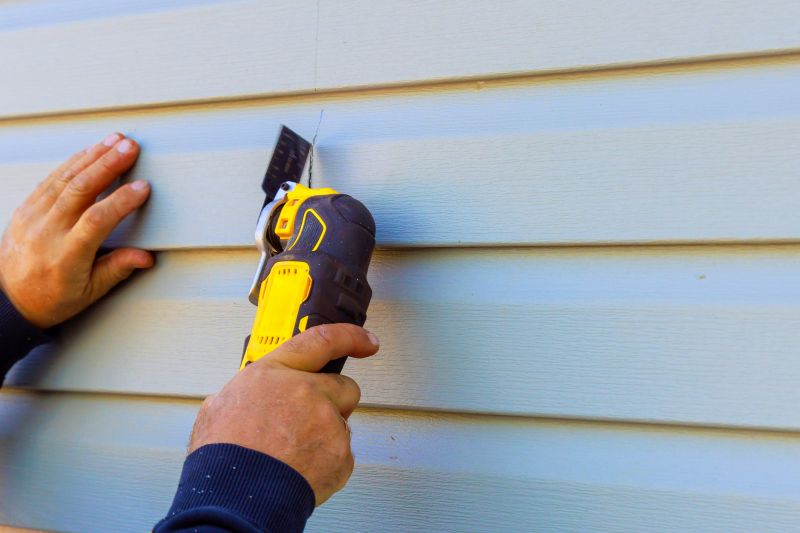
A technician working on vinyl siding during spring weather.

A siding repair in progress under warm summer conditions.
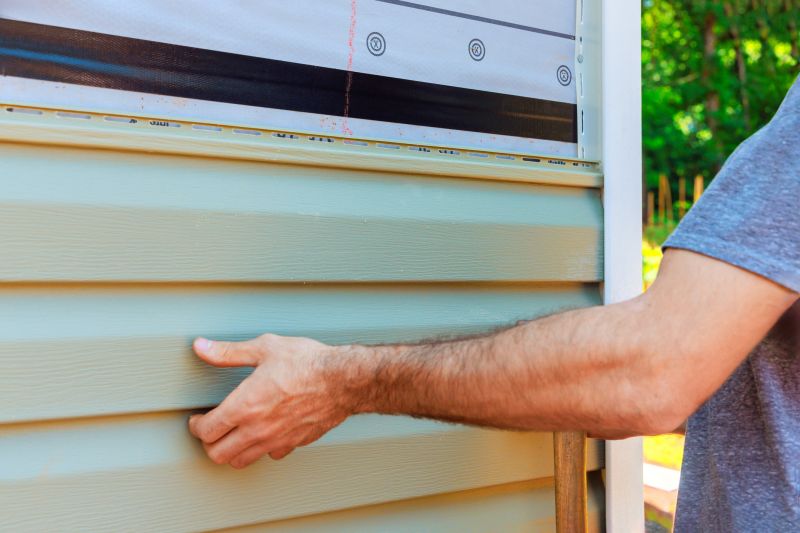
Preparing siding for winter in autumn.
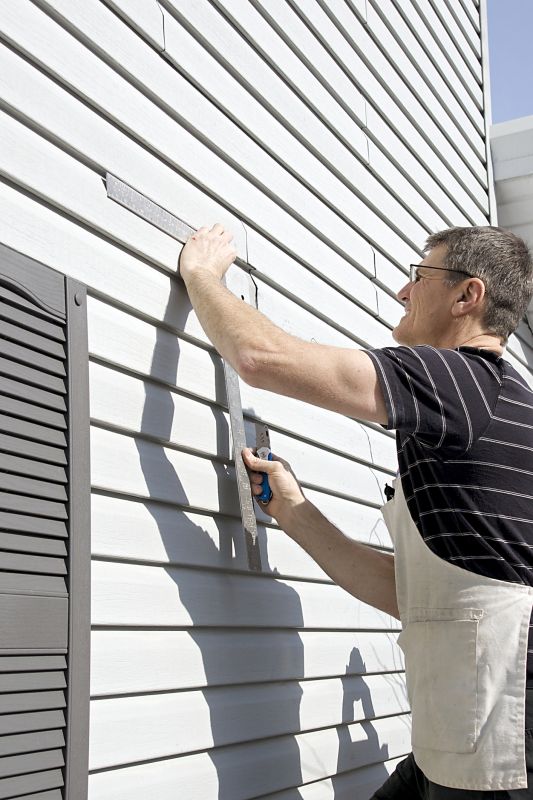
Ways to make Vinyl Siding Repairs work in tight or awkward layouts.
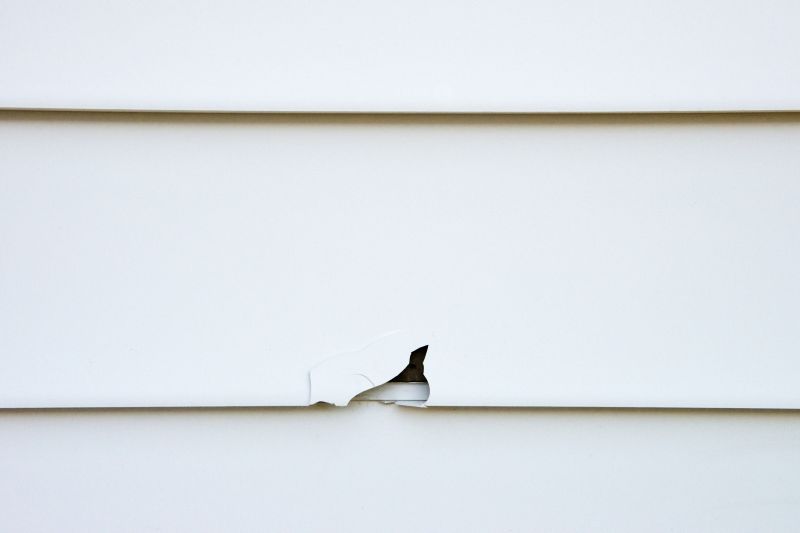
Popular materials for Vinyl Siding Repairs and why they hold up over time.
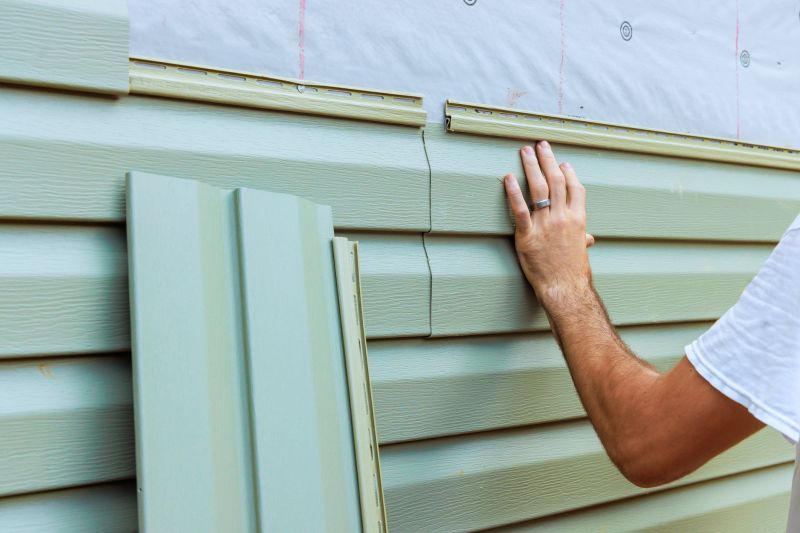
Simple add-ons that improve Vinyl Siding Repairs without blowing the budget.
Vinyl siding repairs are essential for maintaining the appearance and integrity of a building's exterior. Properly timed repairs can prevent issues such as moisture infiltration, warping, and cracking. Statistics indicate that timely maintenance can extend the lifespan of vinyl siding by several years, reducing the need for costly replacements. Additionally, the durability of vinyl siding makes it a popular choice, with an average lifespan of 20-40 years when properly maintained.
Understanding seasonal conditions helps homeowners and contractors plan repairs effectively. For example, avoiding repairs during extreme temperatures minimizes the risk of material failure and ensures better adhesion of siding panels. In regions with harsh winters, scheduling repairs in late spring or early fall can optimize results and durability.
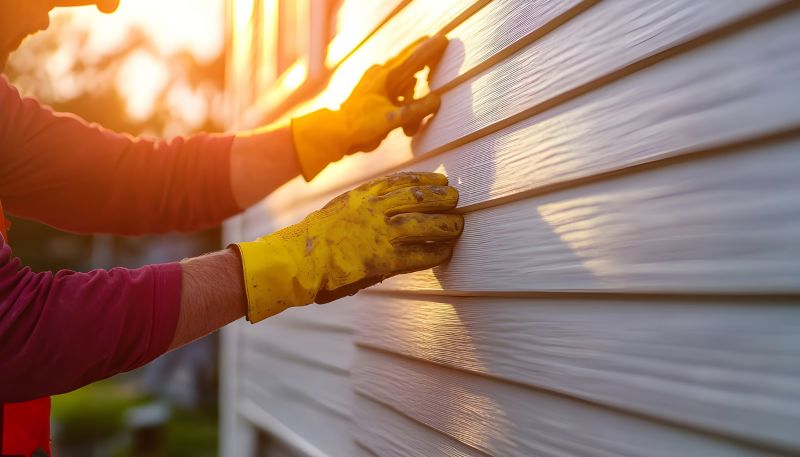
Detailed view of siding repair work.

Technician installing siding panels.

Finished repair with matching siding.

High-end options that actually feel worth it for Vinyl Siding Repairs.

Finishes and colors that play nicely with Vinyl Siding Repairs.
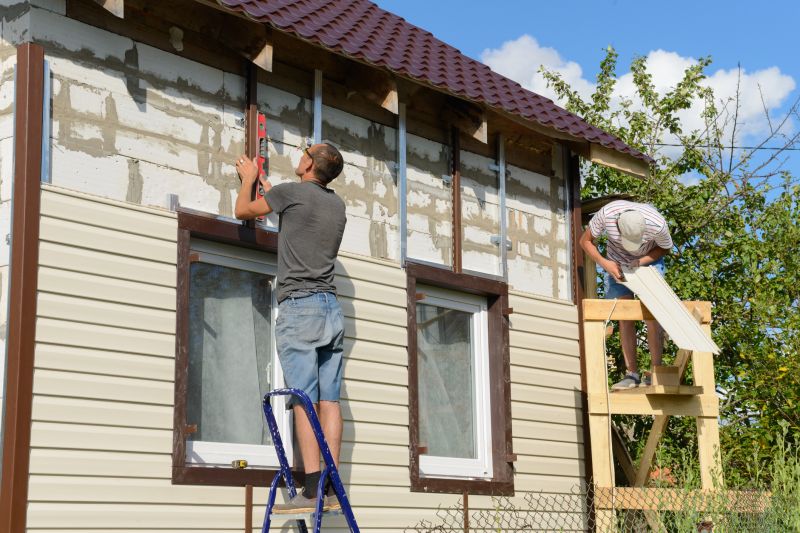
Little measurements that prevent headaches on Vinyl Siding Repairs day.
| Season | Optimal Conditions |
|---|---|
| Spring | Moderate temperatures, low humidity, ideal for adhesion. |
| Summer | Suitable in early summer if temperatures are moderate. |
| Fall | Cool, dry weather suitable for repairs. |
| Winter | Not recommended due to freezing temperatures and snow. |
| Late Spring/Early Fall | Best times for scheduling repairs in colder regions. |
Interested in scheduling vinyl siding repairs? Filling out the contact form can help determine the best time for service based on local weather patterns and specific needs. Proper timing ensures the durability and appearance of the siding are maintained effectively.
